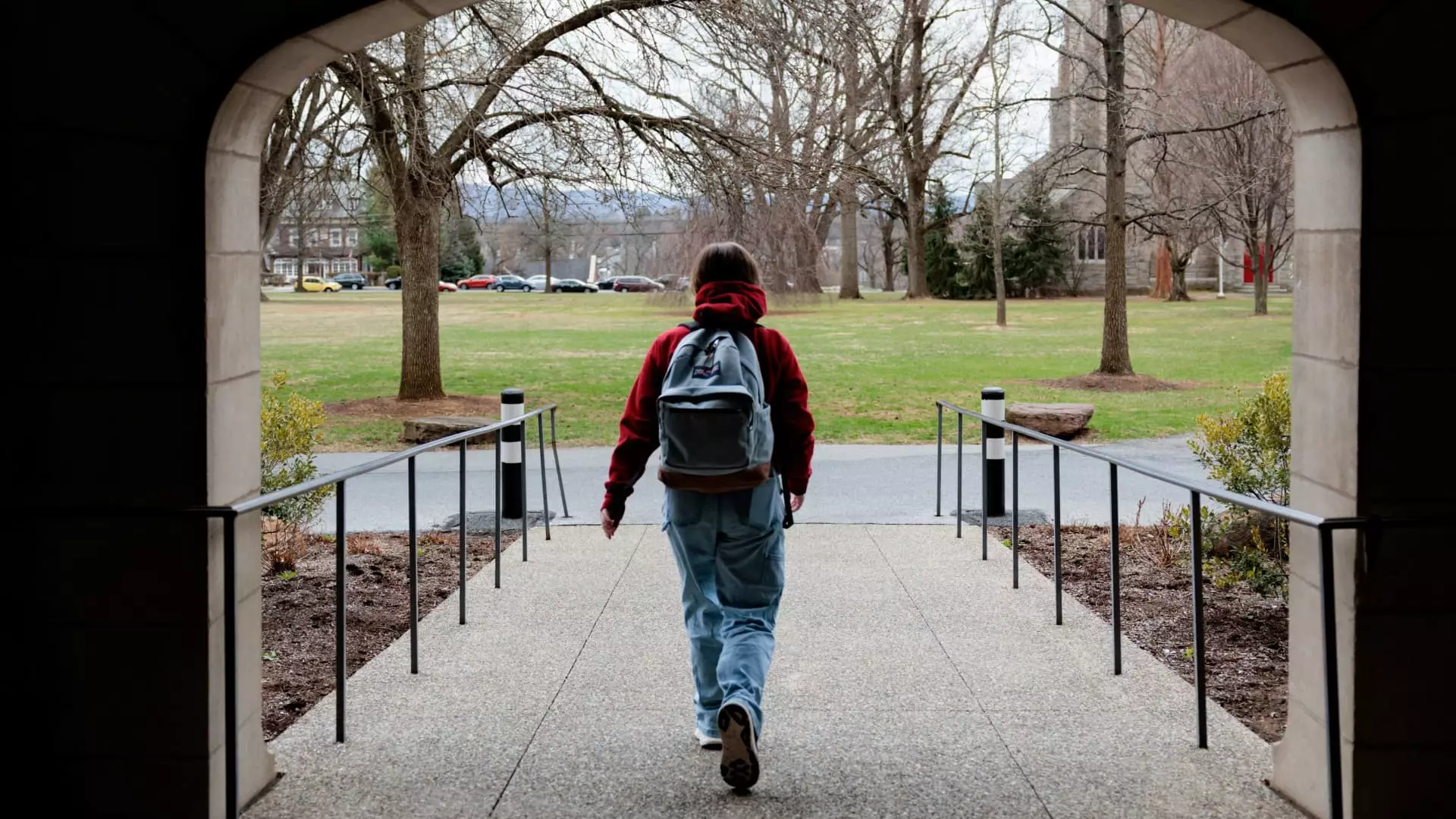As the federal student loan payment pause concludes, millions of borrowers are facing a sobering reality: their previously deferred debts are about to start accruing interest once again. This transition marks not just a routine policy shift but a critical inflection point that could deepen financial strain for countless Americans seeking stability. Despite promises of relief and affordability, the end of this forbearance exposes the fragility of the current student loan system—a system that, despite its rhetoric of support, often leaves borrowers stranded in bureaucratic limbo.
The Trump administration’s decision to dismantle the interest-free period under the guise of legality casts a harsh light on the priorities of policymakers. They claim the Biden-era SAVE plan was an overreach of authority, yet this legal challenge reveals a broader ideological bias against debt relief efforts that prioritize borrower welfare over fiscal conservatism. The looming restart of payments threatens to undo recent progress, creating a scenario where individuals who have managed their debts through temporary relief now face the prospect of interest piling up, making repayment even more burdensome.
The Broken Promise of Relief
When President Biden announced the SAVE plan, it was heralded as a landmark step toward making higher education more accessible. Framing it as “the most affordable student loan plan ever,” Biden signaled a shift towards a more compassionate approach to student debt. Yet, the plan’s short-lived existence and subsequent legal challenges expose a stark contradiction: the promise of affordable, manageable debt is easily undermined by political and legal battles that prioritize ideological discord over tangible aid.
The temporary forbearance, which shielded borrowers from interest accrual, was a critical lifeline for many. Its abrupt termination is not just a technical policy end; it is a blow to the trust and stability of millions. Borrowers who relied on this relief now face months of uncertainty. Without an immediate, accessible alternative—particularly when options are so limited—the risk is that Americans will sink deeper into debt, with interest compounding and repayment becoming an insurmountable obstacle.
The Inadequate Policy Landscape
The limited options available to borrowers post-forbearance underscore a troubling shortsightedness in policy design. Currently, only the Income-Based Repayment (IBR) plan offers a semblance of relief, capping monthly payments at a manageable level based on income. While this is a step forward, it is insufficient to address the full scope of the problem. The much-anticipated RAP plan slated for next year remains out of reach, leaving borrowers in limbo with an inadequate safety net.
This narrow landscape of repayment options highlights a fundamental flaw: a lack of proactive, versatile solutions that can swiftly adapt to borrowers’ needs. Instead of a comprehensive plan that reduces the overall debt burden or makes repayment more flexible by default, the system relies on piecemeal solutions that come with delays and bureaucratic barriers. Such a reactive approach jeopardizes the financial well-being of millions who might be forced into hardship just when they need support the most.
The Need for a Broader Reconsideration
This moment should serve as a wake-up call for a student debt system that emphasizes access, equity, and support rather than punitive measures and bureaucratic red tape. Borrowers deserve a system that recognizes the diverse challenges they face—be it economic downturns, unexpected crises, or simply the difficulty of managing long-term debt.
The political fight over the legality of the SAVE plan underscores an underlying tension: how much authority should the executive branch wield to protect borrowers? While legal disputations unfold, real lives are being impacted. This reveals a fundamental flaw: policymaking that is too constrained by ideology and litigation to evolve quickly enough to meet the needs of the people it serves.
In moving forward, there is an urgent need for comprehensive reforms that transcend narrow, temporary measures. The focus should shift towards creating a fair, flexible, and compassionate system of repayment—one that recognizes education as an investment in society’s future and not just a personal burden. Failing to do so risks deepening inequality, eroding trust, and pushing millions further from the American dream of opportunity and economic mobility.

